
Korean dramas, commonly known as K-dramas, have taken the world by storm. These television series are renowned for their captivating storylines, relatable characters, and stunning cinematography. But beyond their entertainment value, K-dramas have had a significant impact on tourism in South Korea. The phenomenon known as “drama tourism” has led to an influx of international visitors seeking to experience the locations and culture depicted in their favorite shows. In this article, we will explore the influence of Korean dramas on tourism, highlighting popular filming locations, the economic impact, and the cultural exchange that has resulted from this trend.
The Global Popularity of Korean Dramas
The Rise of the Hallyu Wave

The Hallyu Wave, or Korean Wave, refers to the global spread of South Korean culture, including music, movies, and television. This cultural phenomenon began in the late 1990s and early 2000s and has since gained tremendous momentum. Korean dramas have played a pivotal role in the Hallyu Wave, captivating audiences around the world and introducing them to Korean culture.
The Power of Streaming Platforms
The accessibility of Korean dramas on streaming platforms like Netflix, Viki, and Hulu has contributed significantly to their global popularity. These platforms provide subtitles in multiple languages, allowing non-Korean speakers to enjoy the shows. The convenience of streaming has made it easier for international viewers to discover and binge-watch K-dramas, further fueling their popularity.
Engaging Storytelling and Production Quality
Korean dramas are known for their high production quality, engaging storytelling, and well-developed characters. These elements resonate with viewers and keep them coming back for more. The emotional depth and cultural themes explored in K-dramas make them relatable to a wide audience, transcending language and cultural barriers.
The Concept of Drama Tourism
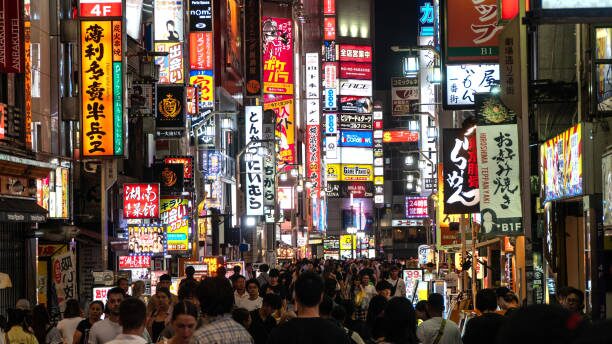
What is Drama Tourism?
Drama tourism, also known as film-induced tourism, refers to the phenomenon where fans travel to locations featured in their favorite television shows and movies. This form of tourism is driven by the desire to experience the settings and landmarks depicted on screen. Korean dramas have become a significant driver of drama tourism, attracting fans from around the world to visit South Korea.
The Impact on Tourism
The influence of K-dramas on tourism is evident in the increasing number of international visitors traveling to South Korea to explore filming locations. This trend has had a positive economic impact, boosting local businesses and creating opportunities for tourism-related services. Drama tourism has also helped promote South Korea as a travel destination, showcasing its natural beauty, cultural heritage, and modern attractions.
Popular Filming Locations in Korean Dramas
Namsan Seoul Tower
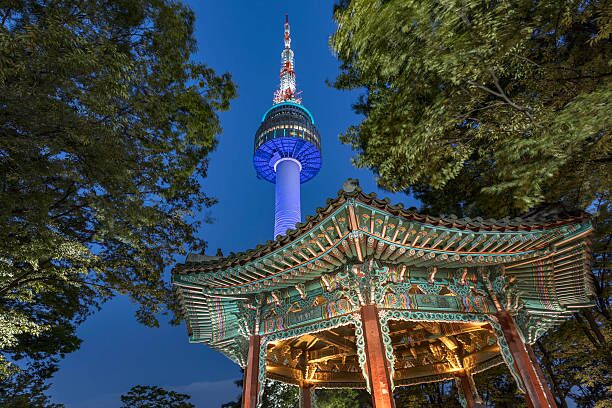
Namsan Seoul Tower, often referred to as N Seoul Tower, is one of the most iconic landmarks in South Korea. It has been featured in numerous K-dramas, including “My Love from the Star” and “Boys Over Flowers.” The tower’s observation deck offers stunning panoramic views of Seoul, making it a popular spot for romantic scenes in dramas. Fans flock to N Seoul Tower to recreate their favorite moments and enjoy the breathtaking views.
Bukchon Hanok Village
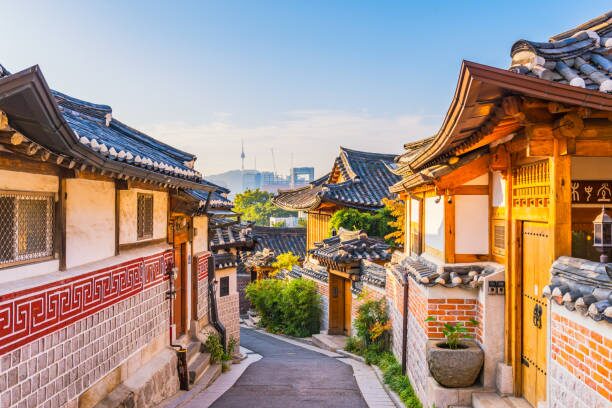
Bukchon Hanok Village is a historic neighborhood in Seoul known for its well-preserved hanok (traditional Korean houses). This picturesque village has been featured in dramas like “Goblin” and “Personal Taste.” Visitors to Bukchon Hanok Village can explore the narrow streets, visit traditional tea houses, and experience the charm of old Korea. The village offers a unique blend of cultural heritage and modernity, making it a must-visit location for drama tourists.
Nami Island
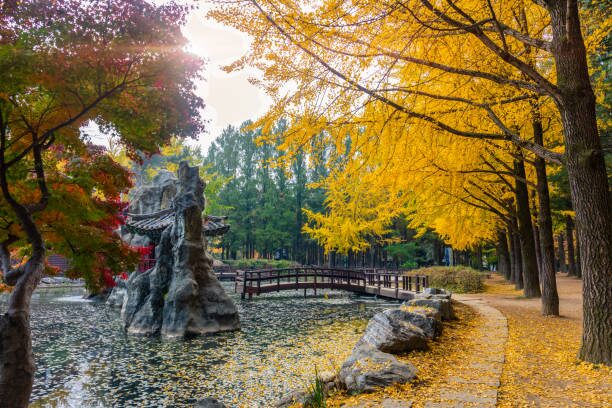
Nami Island, located near Seoul, is a popular destination for nature lovers and K-drama fans alike. The island gained international fame after being featured in the drama “Winter Sonata.” Nami Island is known for its scenic landscapes, tree-lined paths, and recreational activities. Visitors can enjoy cycling, picnicking, and exploring art installations while reliving scenes from their favorite dramas.
Jeju Island
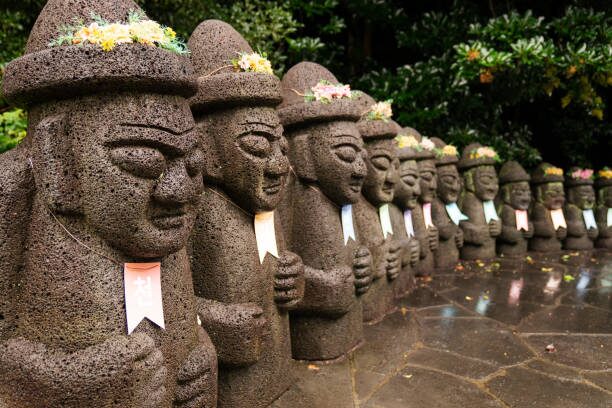
Jeju Island is a volcanic island located off the southern coast of South Korea. It is a popular filming location for many K-dramas, including “Secret Garden” and “Legend of the Blue Sea.” Jeju Island boasts beautiful beaches, lush forests, and unique volcanic formations. The island’s natural beauty and diverse attractions make it a favorite destination for both tourists and drama productions.
Gyeongbokgung Palace
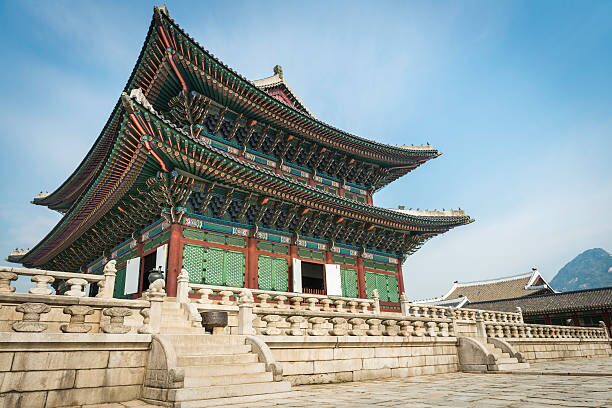
Gyeongbokgung Palace, one of the grandest palaces in South Korea, is a historical and cultural landmark in Seoul. It has been featured in various historical dramas, such as “Moon Embracing the Sun” and “The King in Love.” Visitors to Gyeongbokgung Palace can explore the majestic architecture, traditional gardens, and historical exhibits. The palace offers a glimpse into Korea’s royal history and cultural heritage.
Petite France
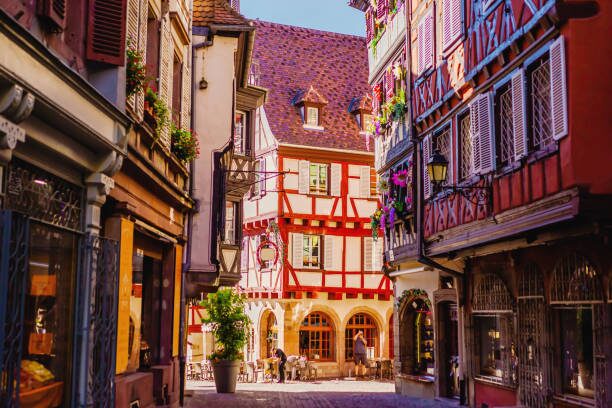
Petite France is a themed village located in Gapyeong, inspired by French culture and architecture. It gained popularity after being featured in the drama “My Love from the Star.” Petite France is known for its colorful buildings, art galleries, and cultural performances. Visitors can immerse themselves in a European-inspired setting while enjoying activities and attractions related to French culture.
The Economic Impact of Drama Tourism
Boosting Local Businesses
The influx of drama tourists has had a positive economic impact on local businesses. Hotels, restaurants, souvenir shops, and tour operators have benefited from the increased foot traffic and spending. Many businesses have capitalized on the popularity of filming locations by offering themed tours, merchandise, and experiences related to K-dramas.
Creating Job Opportunities
The rise of drama tourism has created job opportunities in the tourism and hospitality sectors. Tour guides, drivers, and service staff have found employment catering to the needs of international visitors. Additionally, the demand for promotional materials, such as brochures and maps, has generated business for printing companies and graphic designers.
Promoting Regional Development
Drama tourism has also contributed to regional development by attracting visitors to less-traveled areas. Filming locations in rural or remote regions have seen an increase in tourism, leading to infrastructure improvements and investment in local communities. This development has enhanced the quality of life for residents and created a more sustainable tourism industry.
The Cultural Exchange Through Drama Tourism
Introducing Korean Culture to the World
Korean dramas have played a significant role in introducing Korean culture to international audiences. Through the depiction of traditional customs, food, and lifestyle, K-dramas have sparked curiosity and interest in Korean culture. Drama tourists have the opportunity to experience these cultural elements firsthand, deepening their appreciation and understanding of Korea.
Fostering Global Connections
Drama tourism fosters global connections by bringing people from different countries and backgrounds together. Fans of K-dramas often form communities and travel groups, creating bonds over shared interests. These interactions promote cultural exchange and understanding, breaking down barriers and building friendships.
Enhancing Soft Power
The popularity of Korean dramas and the resulting increase in tourism have enhanced South Korea’s soft power. Soft power refers to a country’s ability to influence others through cultural and diplomatic means rather than military or economic force. By showcasing its culture and attracting international visitors, South Korea has strengthened its global influence and reputation.
Case Studies of Drama Tourism Success
“Winter Sonata” and Nami Island
The drama “Winter Sonata” is often credited with sparking the Hallyu Wave and boosting drama tourism. The picturesque scenes filmed on Nami Island drew fans from around the world, transforming the island into a major tourist destination. The local economy benefited from the influx of visitors, leading to the development of new attractions and facilities.
“Goblin” and Jiufen
The fantasy drama “Goblin” featured scenes set in the charming town of Jiufen in Taiwan. The show’s popularity led to a surge in tourism to Jiufen, with fans eager to explore the picturesque streets and tea houses. Local businesses experienced a boost in sales, and Jiufen became a must-visit destination for drama tourists.
“My Love from the Star” and Petite France
“My Love from the Star” showcased the picturesque Petite France village, drawing fans to the location. The village saw a significant increase in visitors, leading to the expansion of attractions and activities. Petite France capitalized on its newfound fame by hosting events and performances related to the drama, enhancing the tourist experience.
The Future of Drama Tourism
Sustainable Tourism Practices
As drama tourism continues to grow, it is essential to implement sustainable tourism practices to preserve the cultural and natural heritage of filming locations. We must make efforts to minimize environmental impact, promote responsible travel behavior, and support local communities. Future generations can enjoy popular destinations when we practice sustainable tourism.
Expanding Digital Marketing
Digital marketing plays a crucial role in promoting drama tourism. Social media, online travel platforms, and virtual tours can showcase filming locations and attract potential visitors. Engaging content, such as behind-the-scenes videos and interactive maps, can enhance the appeal of drama tourism and reach a wider audience.
Collaborations and Partnerships
Collaborations between tourism boards, production companies, and local businesses can enhance the drama tourism experience. Joint initiatives, such as themed tours and exclusive merchandise, can create unique and memorable experiences for visitors. Partnerships can also facilitate the development of new attractions and infrastructure to support the growing demand for drama tourism.
READ ALSO:
- Royal Regalia: A Timeless Tapestry of Power and Elegance
- Behind-the-Scenes Facts About Popular Korean Dramas
- Top Underrated Korean Movies You Haven’t Seen Yet
- The History of Travel: From Footpaths to Flight
Conclusion
Korean dramas have had a profound influence on tourism, attracting fans from around the world to visit the locations depicted in their favorite shows. This phenomenon, known as drama tourism, has boosted local economies, created job opportunities, and promoted cultural exchange. As the popularity of K-dramas continues to grow, so too will the impact of drama tourism. By embracing sustainable practices and leveraging digital marketing, the industry can continue to thrive and provide enriching experiences for visitor.
FAQs
1. What is drama tourism?
Drama tourism, also known as film-induced tourism, refers to the phenomenon where fans travel to locations featured in their favorite television shows and movies. The desire to experience the settings and landmarks depicted on screen drives this form of tourism.
2. How have Korean dramas influenced tourism in South Korea?
Korean dramas have significantly influenced tourism in South Korea by attracting international visitors who want to explore the filming locations of their favorite shows. This trend has boosted the local economy, created job opportunities, and promoted South Korea as a travel destination.
3. What are some popular filming locations featured in Korean dramas?
Some popular filming locations featured in Korean dramas include Namsan Seoul Tower, Bukchon Hanok Village, Nami Island, Jeju Island, Gyeongbokgung Palace, and Petite France. These locations have become major tourist attractions, drawing fans from around the world.
4. What is the economic impact of drama tourism?
Drama tourism has had a positive economic impact by boosting local businesses, creating job opportunities, and promoting regional development. Hotels, restaurants, souvenir shops, and tour operators have benefited from the increased foot traffic and spending by drama tourists.
5. How do Korean dramas promote cultural exchange?
Korean dramas promote cultural exchange by introducing international audiences to Korean culture, customs, food, and lifestyle. Drama tourism fosters global connections and understanding, breaking down cultural barriers and building friendships between people from different countries.


